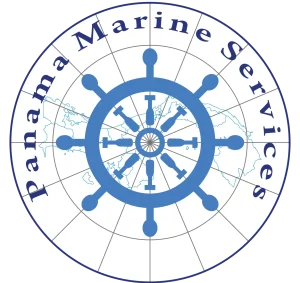The Panama Canal is an artificial waterway located in the isthmus of Panama, connecting the Atlantic Ocean to the Pacific Ocean. This interoceanic passage, considered one of the wonders of modern engineering, has been crucial for international maritime trade since its opening in 1914. The canal is approximately 80 kilometers long and utilizes a series of locks to raise and lower vessels through the continental divide of Panama. These locks allow ships to overcome a height difference of over 26 meters between the two oceans.
The Panama Canal provides a short and efficient route for vessels crossing the waters between the eastern and western hemispheres, saving sailors thousands of kilometers and days of navigation compared to the alternative route around the southern tip of South America, Cape Horn.
Operated by the Panama Canal Authority, the canal plays a vital role in international maritime trade, facilitating the passage of a wide variety of vessels, from container ships to luxury cruises. In addition to its economic significance, the canal is also a popular tourist attraction, with thousands of visitors flocking each year to witness the operation of this impressive engineering feat.
The Panama Canal is a masterpiece of engineering that has transformed global maritime trade and has had a significant impact on the economy and development of Panama and the surrounding region.
Each vessel is assigned a transit schedule in accordance with regulations governing pilotage and other restrictions imposed by the vessel’s type, size, and/or cargo.
Cost of Tolls & Financial arrangements
The Panama Canal Authority & the Port Operators, require that all payments for Canal transit and/or port expenses are made in full prior to the commencement.
- It is imperative that sufficient funds be transferred and in the Agency’s possession prior to the arrival of a vessel.
- Vessel arriving without sufficient financial coverage will be held at the anchorage until the financial requirements have been met.
- Although pilotage for Canal transit is covered within the tolls, the ACP charges in certain instances such as pilotage outside the Atlantic breakwater, pilotage to anchorage in a designated area or movements within the harbours.
- Should cash advances, repairs, stores, etc. be required then additional funds must also be remitted in a timely manner to cover these requirements.
- The financial deposit required is to cover all normal transit and port expenses, agency fees, general and related out of pocket expenses.
- Disbursement accounts covering a vessel’s activities will be compiled and forwarded approximately six weeks after departure.
- Pilotage for berthing is compulsory. The complete canal tariff is available at com/eng/op/tariff
- For a detailed proforma of Panama Canal Transit expenses kindly contact us at:
Transit Cost Calculator
QUICK LINKS
- Panama Flash Advisories
- ACP Advisories
- ACP Notices
- Panama Canal Customer Ranking
- Booking Slots Available
- Handy Transit Booking Guide
- Basic Canal Costs
- Ancillary Expenses
QUICK LINKS
- Panama Flash Advisories
- ACP Advisories
- ACP Notices
- Panama Canal Customer Ranking
- Booking Slots Available
- Handy Transit Booking Guide
- Basic Canal Costs
- Ancillary Expenses

